The Perito Moreno glacier
Monday, 13th July 2009 by RobK
The giant Perito Moreno glacier in the Patagonian region of Argentina is notable for a couple of reasons. First of all, it is one of only three in the area that are not currently retreating. Secondly, it actually advances right the way across a lake, Lago Argentino, forming an ice dam that can reach more than 70 metres above the surface.
The water backs up behind the wall of ice, raising the level of the southern arm of the lake until the pressure becomes so great that the dam collapses. This process repeats in an unpredictable cycle, every four or five years on average, but sometimes much more or less. (The last rupture event, in July 2008, was captured on video.) Notice how the shoreline of the southern part of the lake has a margin of bare rock, indicating the fluctuating water level - unlike the northern part, which has vegetation almost down to the water's edge.
Perito Moreno is one of 48 glaciers that descend from the 350km-long Southern Patagonian Ice Field, which is the third largest continental ice sheet in the world (after Antarctica and Greenland). Among them are the Upsala Glacier, which flows into the northern end of Lago Argentino. This glacier has shrunk markedly over the past few decades, and Greenpeace has used photos comparing its extent in 1928 and 2004 to highlight climate change.1
While there is no high-res imagery of Perito Moreno (except for the topmost part), Google does have some stunning close-ups of the Upsala Glacier, showing jagged shadows, huge icebergs and walls of rock scoured clean by the ice, with a sharp line marking the former edge of the glacier. Your geography teacher would love it.
While you're here, over on the Chilean side of the ice field, check out the Brüggen Glacier2, the longest in the southern hemisphere - it's impressive, even in low resolution, and parts of it have high res too!
Thanks to Cory Lueninghoener. There's more info at (you guessed it) Wikipedia.
-
Some scientists, however, believe that the fluctuations have other causes. We're not getting drawn into a debate on climate-change! ↩︎
-
Also known as the Pío XI Glacier. ↩︎
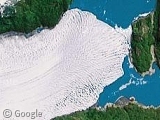
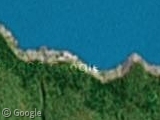
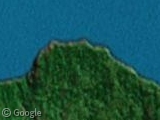

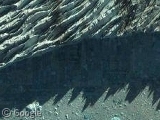
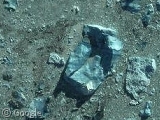
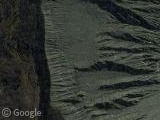
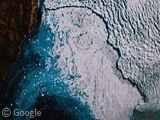
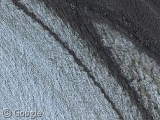
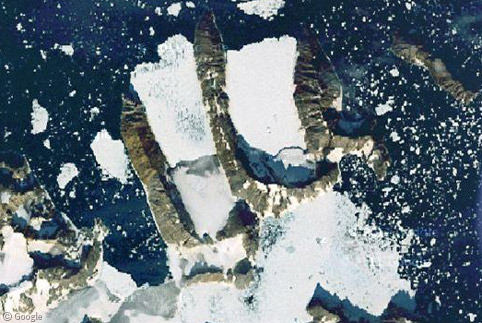

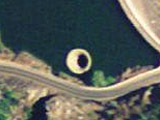
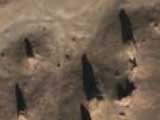
Sharing statistics
Share this site